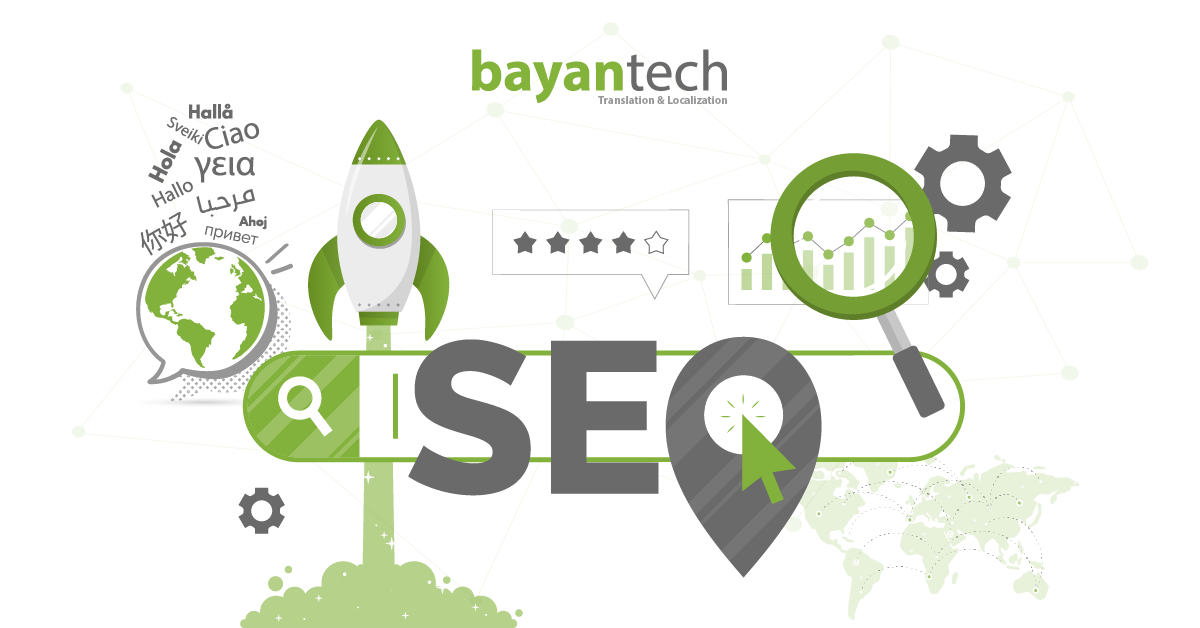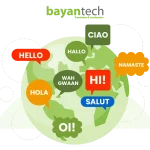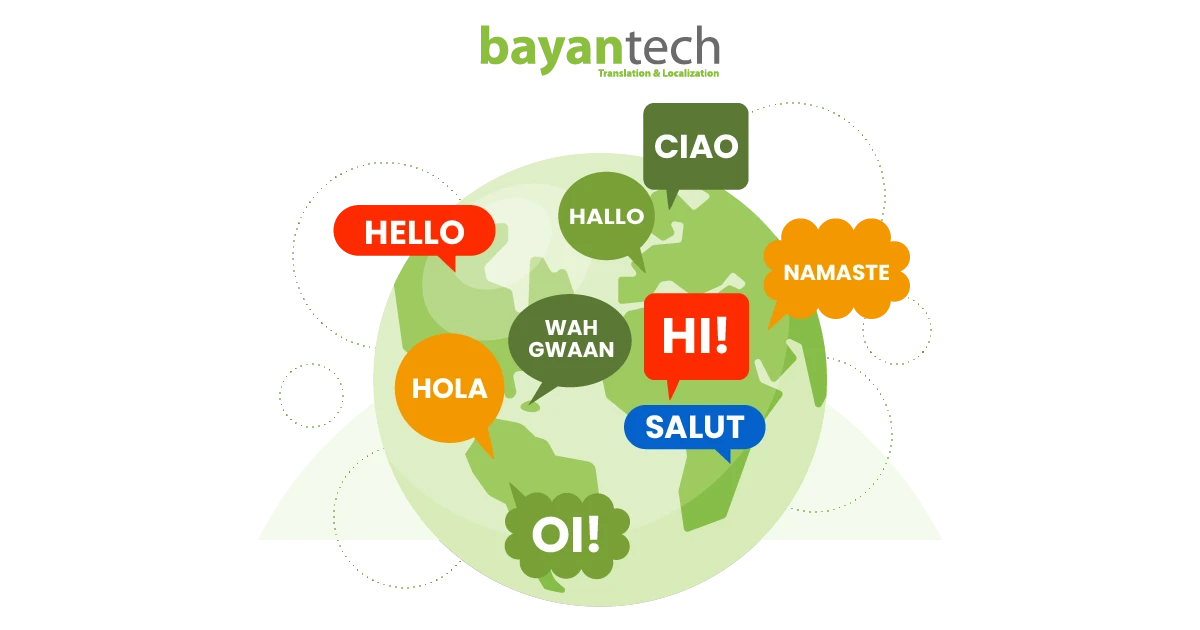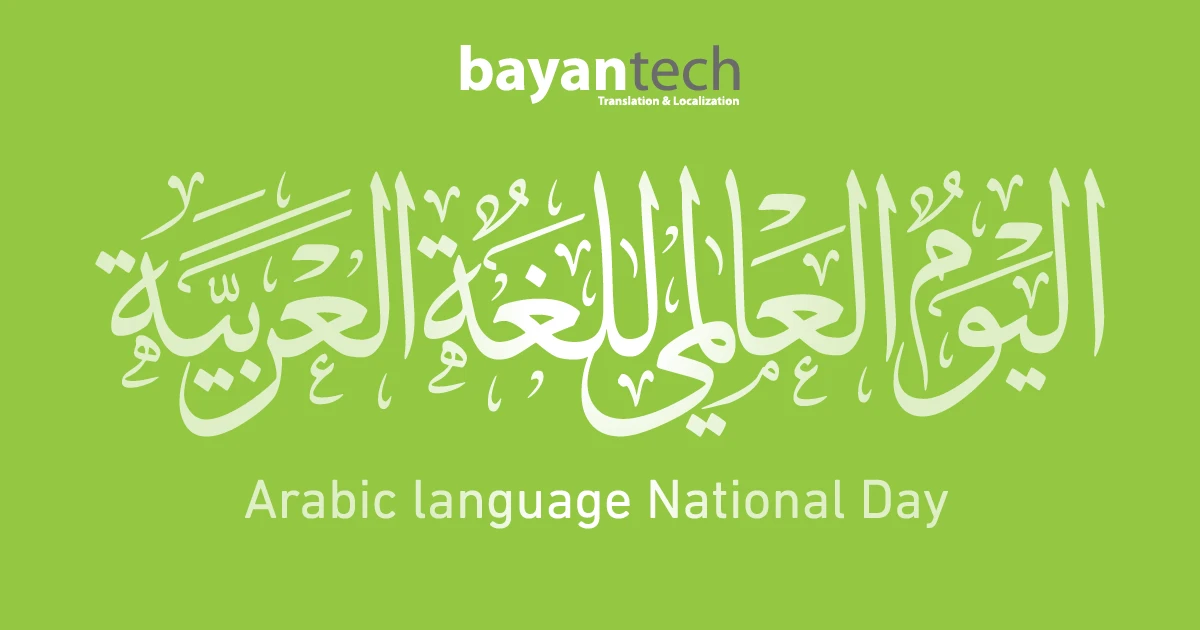A business doesn’t easily tap into international markets.
A lot goes into planning, including market research, studying competitors, analyzing customer behavior, and assessing demand for your product, which are just the tip of the iceberg.
However, there’s one simple yet important detail that many businesses overlook: optimizing their website for multilingual SEO.
Some companies invest significant time, money, and effort into translating product descriptions and websites, only to miss the fact that true visibility in local markets requires SEO optimization in the target language.
So, keep on reading to discover what a multilingual SEO strategy is, whether your business needs it, and its best practices.
What Is Multilingual SEO?
Multilingual SEO is the process of making your website content available in multiple languages, using the same language and dialect that customers use when searching for your website, product, or service in local markets.
It also involves translating customer reviews and any type of content displayed on your website to improve visibility and engagement.
Note: Multilingual SEO differs from international SEO, which involves creating distinct versions of your website for various markets.
Who Really Needs Multilingual SEO?
Any business with a multilingual website, or one preparing to enter international markets, needs a multilingual SEO strategy.
It’s the key to making sure your content is visible and accessible to every audience you want to reach.
And it’s not just about going global. Even in the United States, millions of people speak languages other than English at home.
By optimizing for widely spoken languages such as Spanish, Chinese, or Arabic, businesses can connect more effectively with growing communities.
The Challenges of Multilingual SEO
Expanding your website to new languages requires more than simply translating content. That’s why professional translation and localization experts should guide the process.
Here are some of the most common challenges:
- Incorrect URL structure or misused URLs per language version:
Using the same URL for multiple languages or failing to set up proper subdirectories or subdomains can confuse both users and search engines. Incorrect or absent canonical tags can also create duplicate content issues. - Poor or misconfigured hreflang tags:
Many websites either don’t use hreflang at all or implement it incorrectly, which can cause search engines to serve the wrong language version to users in a target region. - Missing or weak meta descriptions, titles, and content in local languages:
When metadata or navigation remains untranslated, it leads to poor usability and engagement. Without localized keyword research, content may also fail to match local search queries. - Risk of serving the wrong language version to the wrong audience: Without proper hreflang or geographic targeting, users in one country may end up seeing content in a language they don’t speak. Automatic IP-based redirects can also backfire, blocking users or search engines from accessing the right version.
- Poor user experience from untranslated interface elements or mismatched content:
Navigation menus, buttons, or metadata left in the wrong language make a site feel unreliable. Studies show 94% of first impressions are design-related and can be formed in less than 50 milliseconds. Mixed-language content, such as English meta descriptions with Arabic text, can confuse users and diminish their trust.
How to Build a Strong SEO Strategy in 5 Simple Steps
- Do multilingual keyword research:
Start with seed keywords that will lead to other relevant, more specific search keywords. At this step, it’s important to hire professional translators and native on-ground linguists to help brainstorm keywords in the target language.
- Implement hreflang tags correctly:
Ensure each page specifies its language (and optional region) so search engines can serve the right version. This prevents users from landing on the wrong language and helps search engines avoid treating regional variations, like U.S. vs. U.K. English, as duplicate content.
- Optimize your URL structure:
Use clear and consistent structures like country code top-level domains or ccTLDs (example.fr), subdirectories (example.com/fr/), or subdomains (fr.example.com). Pick one approach that’s easy to manage and clearly signals the language. - Tailor meta titles and descriptions by language:
Don’t just translate; localize your meta titles and descriptions. Adjust titles and meta descriptions to reflect search intent, cultural norms, and keyword behavior in each market.
- Ensure crawlers can find and index the correct versions:
All language versions should be accessible to search engine bots. Regular audits help catch indexing issues and ensure visibility in every market.
The Business Benefits of Multilingual SEO
Marketing campaigns and product adaptations for local markets can go to waste if your website is hard to find in search results.
Here’s what your business can gain from professional multilingual SEO:
- Boosts search engine rankings in each region
When you optimize localized pages with correct hreflang tags, metadata, and keywords, your content has a better chance of ranking higher in local search results. This ensures your brand appears where your audience is searching. - Delivers more relevant local search results
Every audience has its own way of phrasing queries and the devices they rely on, whether that’s smartphones, tablets, or desktops. Even mobile preferences differ, with some markets favoring iOS and others leaning toward Android. That’s why market research is essential. Multilingual SEO adapts your content to these habits, helping your site appear for the exact terms your target users search for.
- Increases traffic, engagement, and conversions
Higher rankings and locally optimized content drive qualified traffic. Users are more likely to stay, interact, and convert when they find your site in their own language. Many e-commerce brands, for example, see dramatic growth when they combine multilingual SEO with eCommerce translation strategies. - Improves user experience
Serving the correct language version every time reduces bounce rates and builds trust. A seamless browsing experience makes visitors more likely to return and recommend your brand.
How to Implement Multilingual SEO for Your Business
Implementing multilingual SEO can feel overwhelming, but breaking it into steps makes it manageable:
- Start with market research: Identify how your target audience searches in each region.
- Translate and localize content: Go beyond word-for-word translation to ensure your message resonates both linguistically and culturally.
- Apply technical SEO: Optimize hreflang tags, URL structures, and meta descriptions so search engines deliver the right version to the right market.
- Test and QA: Confirm functionality and consistency across all regions and devices.
- Partner with experts: Work with a professional translation and localization company to align SEO with multilingual website optimization, saving time and avoiding costly errors.
Want to Gain an Edge Over Your Competitors? Order bayantech’s SEO Localization Services
With the right multilingual SEO strategy, your business can achieve better search engine rankings, deliver more relevant local search results, and build a stronger global presence. From multilingual content marketing to eCommerce translation, every element of your digital strategy can be fine-tuned to maximize global reach and customer engagement.
bayantech helps global businesses improve visibility with multilingual SEO strategies tailored to every market. By aligning cultural localization with technical SEO, we ensure your website serves the correct language version every time, driving traffic, conversions, and long-term growth.
Request a free consultation or talk to our localization experts today and start building your competitive edge worldwide.










